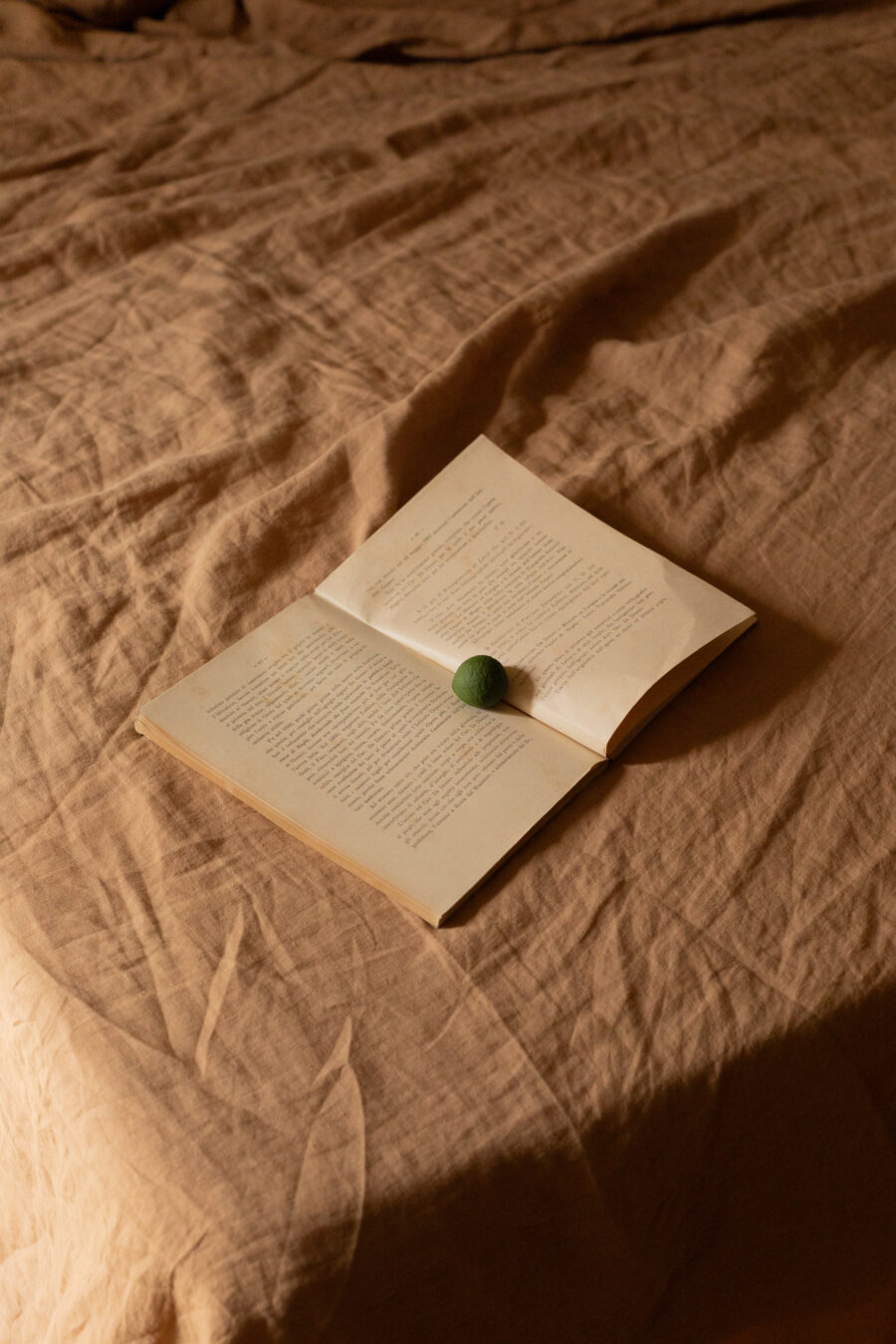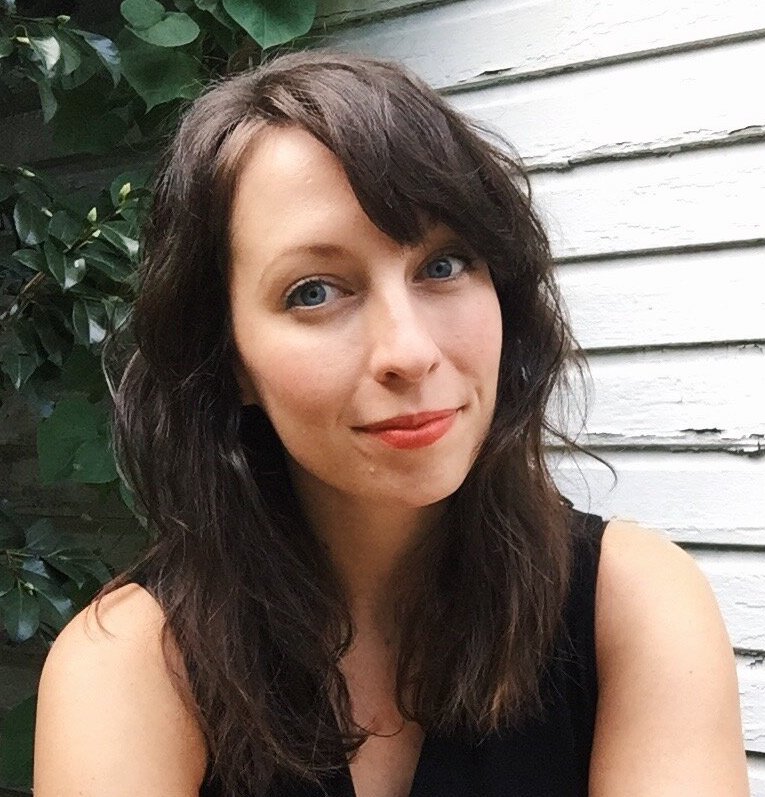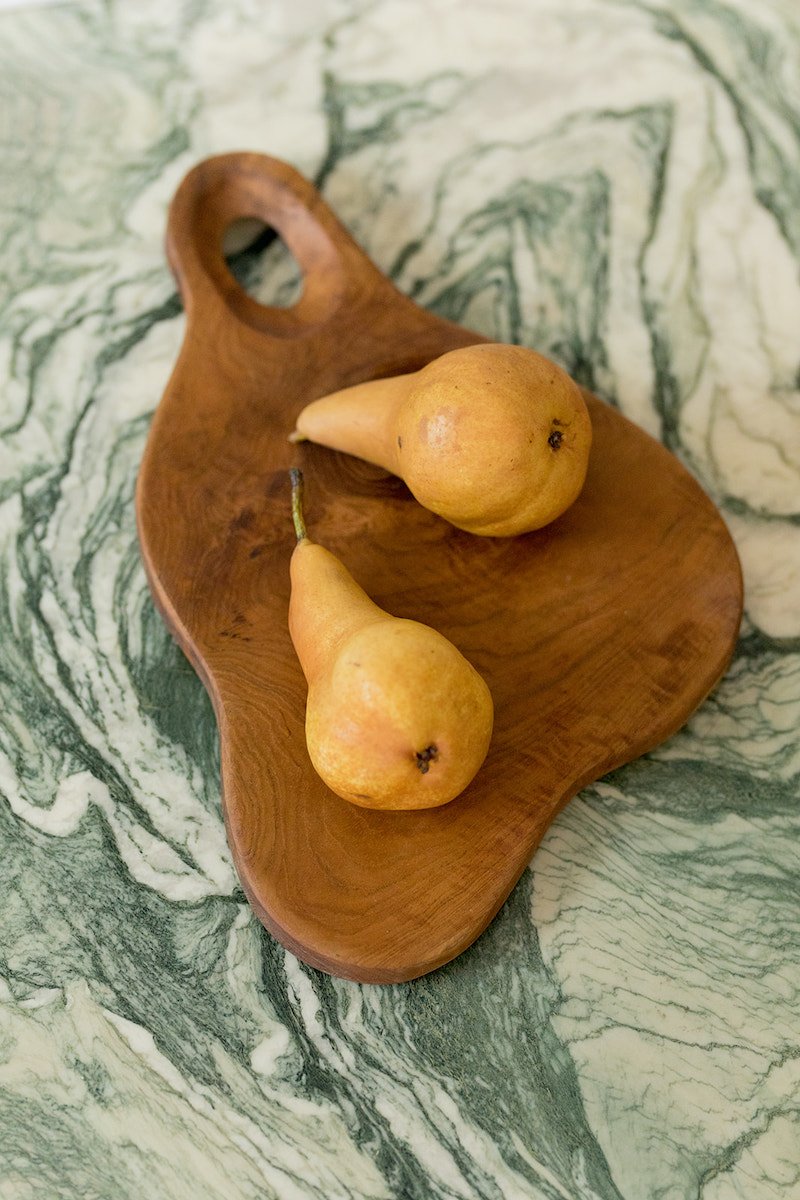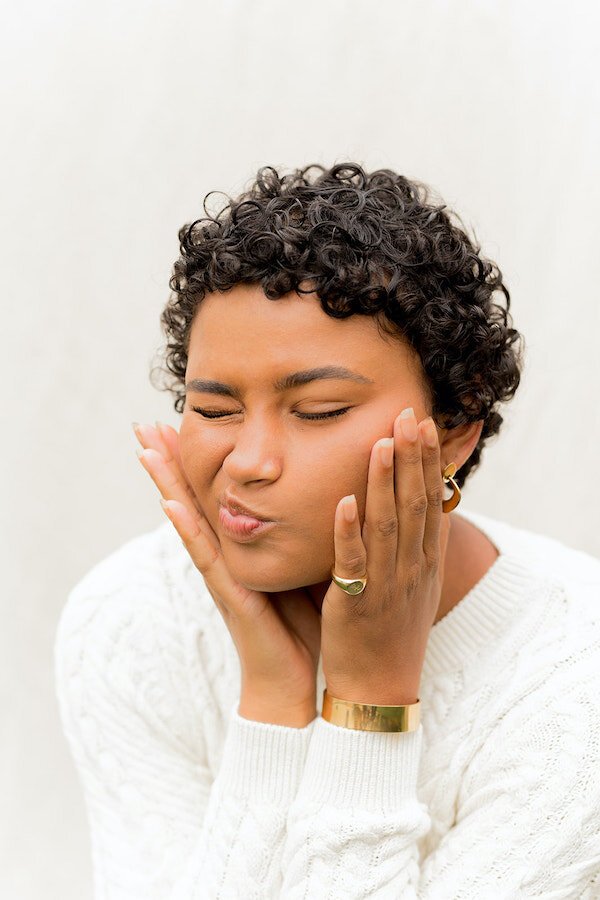
Why I Don’t Keep Any Of My Own Secrets
A few years back, I was tidying before friends arrived for New Year’s Eve when my stomach made the sort of sound you’d expect from a swamp monster. I thought it was just a little gas. We were at the tail end of the Bacchanalia that is the last two weeks of December, and as a person with IBS, my body had been regularly registering complaints at the sheer volume of cheese, alcohol, and sugar I’d been brazenly enjoying. I thought, Okay GI tract, you’ve been heard. But can I please have just one more night of lawlessness before I go back to your restrictive rules?
Then I took a step forward and realized that my body was no longer making idle threats. It was not, dear reader, just gas.
What followed was what my husband Aaron lovingly calls my “emotional processing spiral”: First, private panic. Second, a confession to Aaron, mostly because of his proximity and his tendency to ask me what’s wrong. (This particular confession came with much mortification on my part, and an attempt to chill things out and understand the level of actual emergency on his part. I also made him swear not to tell anyone and declared I would be taking this secret to my grave.) Then back to private panic, where I assessed the situation. (I determined that the evening could go on, albeit with perhaps less cheese.) Finally, I started texting my people.
“Classic Shlo,” he said. “Can’t keep her own secrets to save her life.”
If I’ve already told my husband something, the next person I turn to is my mother. A text to my mom was followed almost instantly by a text to my best friend of nearly thirty years. And then, because we were expecting guests, a text to the friend who would be there in less than an hour, with the promise that she would refrain from sharing my embarrassing secret with her spouse, who was also coming. Somehow, in these texts and calls, the tone had crossed that thin line from horror to comedy, my phone cheerfully pinging with gleeful emojis and GIFs, peppered with reassurances that everything was okay, followed by even more emojis and GIFs.
Within an hour of our friends arriving, I announced my secret to my friend’s spouse — you know, the one I had initially tried to keep out of the loop. Aaron was beside himself with mirth. In less than three hours I had told absolutely everyone I could get in contact with. “Classic Shlo,” he said. “Can’t keep her own secrets to save her life.”
It was the first time my emotional processing had been framed this way to me. I remember pausing when he said it, feeling out the words and trying to determine if they were true. At first, I was worried that it said something about my trustworthiness. But I do keep other people’s secrets — I honor the confidence entrusted to me by others. The more I sat with his phrasing, I realized two things: 1) Oh wow, I don’t keep my own secrets. 2) And, ohhhhh, it might actually be because I trust myself so much.
“Huh,” I remember saying. “You’re totally right.”
The problem with secrets
I have always been a sharer. (I am deliberately avoiding the term “oversharer,” because while I think we should hold ourselves accountable for what and to whom we share, I want to push back on the topics we typically include under the umbrella of — big air quotes — “TMI.”) There isn’t a single thing I have said or done that I have consciously kept to myself. The weirder, the harder, the uglier, the more difficult the experience, the more likely I will need to tell someone.
“There isn’t a single thing I have said or done that I have consciously kept to myself.”
People often cannot believe what I’m willing to share about myself. The biggest reactions tend to be about anything related to my body and its habits and functions.
I get hormonal migraines, which is, yes, related to my menstrual cycle. I have IBS, which means that when I have “bouts” I’m talking about, yes, my digestive tract. I have had a baby, which means that among the oh-so-many fun physical effects, I have peed myself while laughing. I also breastfed, a wild, hard, beautiful, messy journey that deserves its own essay.
In the moments when I realize I need a bathroom right away, or I’ve leaked milk through my shirt, it’s hard to imagine how I’m going to get through it with only slight embarrassment. I mean, it’s gross! It’s “against the rules” of what my body is supposed to be doing as an adult and as a woman (more air quotes here). All of these events impacted my daily life across the board, from logistical to psychological. Which means they have to be discussed in some way.
“When we’re in the throes of embarrassment and self-disgust, it seems like putting the whole experience into a tightly-sealed box is in our best interest.”
When we’re in the throes of embarrassment and self-disgust, it seems like putting the whole experience into a tightly sealed box is in our best interest. But in my experience, this is a mistake.
Keeping these boxed-up secrets has no benefit. In fact, it seems to be a surefire way to honor the embarrassment and self-disgust within it: a dark, neglected environment is just the kind in which these feelings thrive. It gets harder to take the lid off whatever container we’ve stored those things in as they grow, because dealing with them will become more complicated and messy.
If we don’t put feelings and experiences into the box to begin with, we have to face the mess right away. As a result, we develop a productive relationship with a very tricky human emotion: shame.
Shame vs. guilt
One of the first things psychologists will do when it comes to shame is to differentiate it from the feeling of guilt. Brené Brown calls guilt adaptive and helpful, saying that guilt holds “something we’ve done or failed to do up against our values,” resulting in the feeling of psychological discomfort.
Shame, on the other hand, she defines as “the intensely painful feeling or experience of believing that we are flawed and therefore unworthy of love and belonging.” This typically comes from feeling like we’ve fallen short of a societal norm or expectation, some of which are so ingrained within us that we could be completely alone and still feel the effects of being judged.
We feel guilty when we know we did something we can’t truly stand behind, because it doesn’t align with what we believe is right. Guilt asks to be addressed and corrected. And in my experience, guilt is often tied to a behavior or action I controlled.
“When I feel shame, it has a similar quality to guilt, only it is almost always about something I have no control over at all.”
When I feel shame, it has a similar quality to guilt, only it is almost always about something I have no control over at all — take every example described at the beginning of this essay. It is a feeling that I messed up in a way that I am aware of but unable to do anything about. I feel judged, and I’m helpless to whatever the verdict might be.
Maybe it’s the Type A tendencies in me, but I basically don’t do “helpless.” I am also an Enneagram 7, so I really don’t do “uncomfortable.” Lying back and accepting a yucky feeling about myself that I have no control over? Hard pass. That is my literal waking nightmare. Let’s review some other options, please.
Empowerment through storytelling
One of the best lessons I learned from my MFA in creative writing was to treat absolutely everything in my life as fodder. All those thorny, scary, uncomfortable things that happen in our lives make great subjects for poetry, essays, and fiction. Treating these experiences as material gives me distance from the negative feelings that can prevent any personal growth, and also lets me take back the power in a situation.
“Whether I’m actually writing a story or I’m just texting everyone in my favorites list, I’m practicing storytelling, or narrative therapy.”
Whether I’m actually writing a story or I’m just texting everyone in my favorites list, I’m practicing storytelling, or narrative therapy. It transforms the experience from something that happened to me into a story I am telling you. Now, I have something I can laugh at, learn from, and even enjoy. And the magical part? I am telling you how to feel about it, based on how I choose to frame the story.
Let’s look at my New Year’s Eve story. Is this an embarrassing tragedy? Only if I say so. How about a cautionary tale about what happens when you’re willing to gamble intestinal health on a cheese board? I have definitely told it this way. What about a vulnerable, amusing anecdote to open a sincere essay about self-compassion? Hmm…that sounds familiar!
“Note that you don’t actually need to share your stories with anyone to practice this approach.”
It is important to note that you don’t actually need to share your stories with anyone to practice this approach. While I can’t seem to help but put myself on blast, there are other ways, like journal therapy, to keep your privacy without accidentally building up a hoard of secret shame. There are many wonderful resources out there to find what might work for you. And there’s nothing like a good counselor or therapist to help you find the root of chronic feelings.
Talking and writing about experiences is how I make sense of my life. And it has had an overwhelmingly positive impact, from helping me to find true community, to strengthening my regenerative creative muscles, to helping those in my care (students, mentees, family members) practice their own radical self-compassion.
I think that’s ultimately what ends up happening when I share my most embarrassing, guilty, ugly moments: I am showing myself compassion. I’m trusting to love myself enough to handle whatever judgment might come my way. And in doing so, I’m not only modeling how others can practice it for themselves, but I’m also setting a bar for the kind of treatment I’m willing to accept from others. If the bar is high enough, some of those dark, dank emotions that like to lurk in the crawl spaces around us simply won’t be able to reach.
Stephanie H. Fallon is a writer originally from Houston, Texas. She has an MFA from the Jackson Center of Creative Writing at Hollins University. She lives with her family in the Blue Ridge Mountains of Virginia, where she writes about motherhood, artmaking, and work culture. You can find her on Instagram or learn more on her website.




